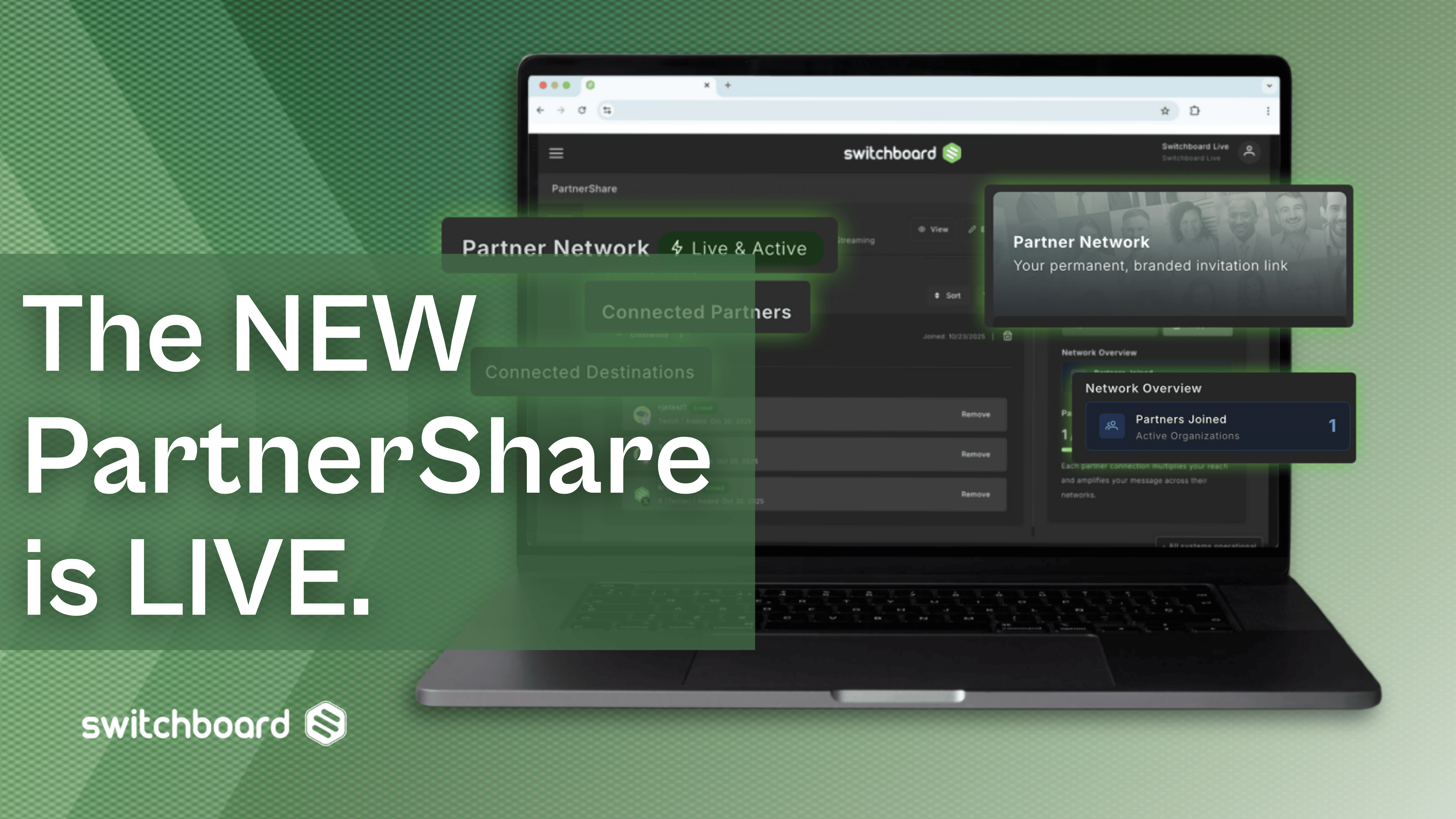In the last decade, the idea of simulcast auctions has picked up quite a bit of steam. Instead of attracting local bidders or encouraging travel to far off destinations, bidders can now watch a live streamed auction from home and raise their paddle with the click of a mouse.
With the right goals and partners for your live streamed auction, simulcast sales can be a smart plan. But as with every smart plan, it has to be built around achievable and realistic objectives.
https://www.youtube.com/embed/tyKKT8_FhXc
The Current State of Simulcast Auctions
Selling items online isn’t a new concept. In 1995, eBay launched as AuctionWeb – an early person-to-person auction house focused on unusual items and collectibles. In 1997, the company changed its name to eBay and started charging would-be auctioneers a nominal fee to host sales.
Over the last 20 years, eBay expanded its offerings to include live auctions as well. Partnering with the world-famous auction houses Sotheby’s and Phillips, the site allows individuals to bid on art and jewelry from the comfort of home in live auctions. Recent simulcast sales include modern and post-war British art, along with examples of French-African art.
Live streamed sales aren’t limited to high-end art, however. Both the Barrett-Jackson and Mecum auction houses allow bidders to watch live simulcasts and bid online. While Barrett-Jackson focuses on collector cars, Mecum auctions range from road art and tractors to luxury homes.

Can Live Auctions Work for Smaller Lots?
So far, live simulcast sales work with big-ticket items where interested bidders aren’t interested in traveling to an auction. Could they also work for smaller options, like garage sales and estate auctions?
One of the key problems with smaller lots is the ability to accurately value items. Although the technology exists to host live auctions at garage sales, smaller auctions will have trouble determining a target price and opening bids. Plus, guaranteeing payment and shipping can create even more problems.
Despite these challenges, the potential exists for using live streamed sales in smaller lots. For example: estate auctioneers could attract a better audience due to the nature of their sales. Instead of selling small collectibles, estate auctioneers can focus on bigger items collected over a lifetime, ranging from name-brand watches and even real estate.
Before considering a simulcast sale, start by looking at the items up for sale and determining their potential value. If similar items previously sold at a high price, or the items draw demand from collectors, a streamed auction could be the right solution.
How to Get Started with Simulcast Auctions
If simulcast auctions present a profitable opportunity, it’s important to get it right the first time. If bidders have a sub-par experience, they may not come back for another round.
First, use a video streaming solution you can trust. Using a live stream partner that understands how to send your auction across the internet is key to presenting items live and making auction terms clear. Dropping frames or losing connections could result in frustrated bidders, lost sales, and ultimately losing future partners. Streaming through a versatile multi-destination streaming solution, such as Switchboard Cloud, will help expand your audience, as it simultaneously directs your auction to multiple destinations at once.
Second, partner with an online auction system that you can trust. Unfortunately, eBay and other major auction websites do not support live bidding systems for simulcast sales at this time. But other software packages, like Gavel Buddy and Auctioneer Software, allow auctions to manage bids in person and online. Using the right auction clerking and management system keeps bids flowing in from all sources, resulting in the highest possible price when the gavel hits.

Making a Simulcast Auction Profitable
Putting an auction online with the right live stream partner and management software are the main challenges would-be sellers face. After everything goes online, the next step is to ensure the auction is profitable.
To ensure auctioneers get paid, consider requiring bidders to put in deposits or letters of guarantee. This separates curious watchers from serious bidders and gives auctioneers protection on non-payment. Deposits should range between 25 and 50 percent of the maximum allowed bid, depending on the anticipated sale price of the items.
It’s also important to set rules for when items are sold out. With multiple payment options online ranging from PayPal to Venmo, bidders have many ways to pay conveniently online. If bidders don’t pay, the item isn’t released to the buyer.
When bidding goes right, simulcast sales can be a profitable and rewarding experience for everyone involved. Through proper management and partnerships, auctioneers of all sizes can make sure their sale goes from the first bid to the final gavel.




.png)
.png)
.png)





